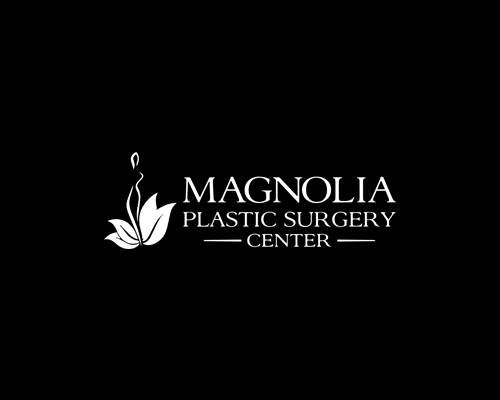Plastic surgery is a transformative experience that can enhance your confidence and satisfaction with your appearance. However, achieving the best results requires careful attention to the recovery process. Proper care during this phase ensures optimal healing and long-lasting results. At Magnolia Plastic Surgery, we are committed to guiding our patients through their recovery journey. Here’s a detailed breakdown of what you can expect and how to prepare for a smooth and successful recovery.
The First Few Days After Surgery
Immediately after your procedure, you may experience discomfort, swelling, and bruising. These are normal responses as your body begins the healing process. To manage this phase:
- Pain Management: Take prescribed medications as directed by your surgeon to stay comfortable.
- Rest and Assistance: Arrange for someone to help you with daily tasks, as you may feel fatigued and have limited mobility.
- Light Activity: Gentle movement, such as walking short distances, is encouraged to promote circulation and reduce the risk of blood clots.
Your surgeon will provide specific post-operative instructions, including how to care for the incision site and manage any dressings or drains. Adhering to these instructions is crucial for avoiding complications.
The First Week: Managing Swelling and Support
During the first week, you may be required to wear compression garments or bandages. These help reduce swelling, improve circulation, and support the treated area.
- Wearing Compression Garments: Follow your surgeon’s guidance on how long to wear these garments to help shape your final results.
- Drain Management: If drains were placed during surgery, your surgeon will explain how to care for them and when they will be removed.
- Diet and Hydration: Maintain a balanced diet rich in nutrients like protein, vitamins A and C, and zinc to support healing. Staying hydrated is also essential.
Swelling and bruising will gradually decrease, but it’s important to be patient. Your body needs time to recover.
Weeks Two to Four: Gradual Improvement
As you enter the second and third weeks, you’ll notice reduced swelling and discomfort. Depending on your procedure, you may be cleared to resume light activities or return to work if your job does not involve strenuous physical effort.
- Light Activity Resumption: Engage in non-strenuous activities as recommended by your surgeon, but avoid anything that might strain the treated area.
- Follow-Up Appointments: Attend scheduled follow-ups to ensure your incisions are healing properly. Your surgeon will monitor your progress and address any concerns.
During this time, continue wearing compression garments and following your surgeon’s instructions for scar care. Protecting your incision sites from sun exposure is vital to minimize scarring.
The First Month: Resuming Routine Activities
By the fourth week, most patients feel significantly better and can resume more of their normal routines. However, strenuous exercise or heavy lifting should still be avoided unless your surgeon gives explicit approval.
- Activity Guidelines: Gradually increase your activity level, but always listen to your body and avoid overexertion.
- Scarring Care: Your surgeon may recommend treatments like silicone sheets or topical products to minimize scarring.
This period is about patience and persistence. While your results may start to become more noticeable, full recovery is still a few months away.
Three to Six Months: Seeing Results
By the three-month mark, the majority of swelling should subside, and your final results will begin to take shape. Depending on the procedure, scars will continue to fade and soften over the coming months.
- Exercise: Most patients can return to their regular exercise routine with their surgeon’s approval.
- Monitoring Progress: Keep attending follow-ups to ensure everything is healing as expected and to address any lingering concerns.
Remember that every individual heals at their own pace. Staying consistent with your care routine will help you achieve the best possible outcome.
Tips for a Successful Recovery
- Follow Your Surgeon’s Instructions: Always adhere to the guidance provided by your surgeon, as they are tailored to your specific procedure.
- Stay Hydrated and Eat Nutritious Foods: Proper nutrition and hydration are essential for supporting your body’s natural healing processes.
- Avoid Smoking and Alcohol: Both can delay healing and negatively impact your results.
- Be Patient with Your Results: Healing takes time, and results improve gradually. Trust the process and stay optimistic.
- Communicate Any Concerns: If you notice unusual symptoms such as excessive redness, fever, or unusual discharge, contact your surgeon immediately.
Start Your Journey with Magnolia Plastic Surgery
Recovery is a critical part of your plastic surgery journey, and Magnolia Plastic Surgery is here to support you every step of the way. Whether you’re considering a procedure or have questions about recovery, our team is ready to help. Visit us at 2404 Creel Ln STE 102, Wesley Chapel, FL 33544 or call (813) 807-6243 to book your consultation today. Let us guide you toward the confidence and results you deserve!

